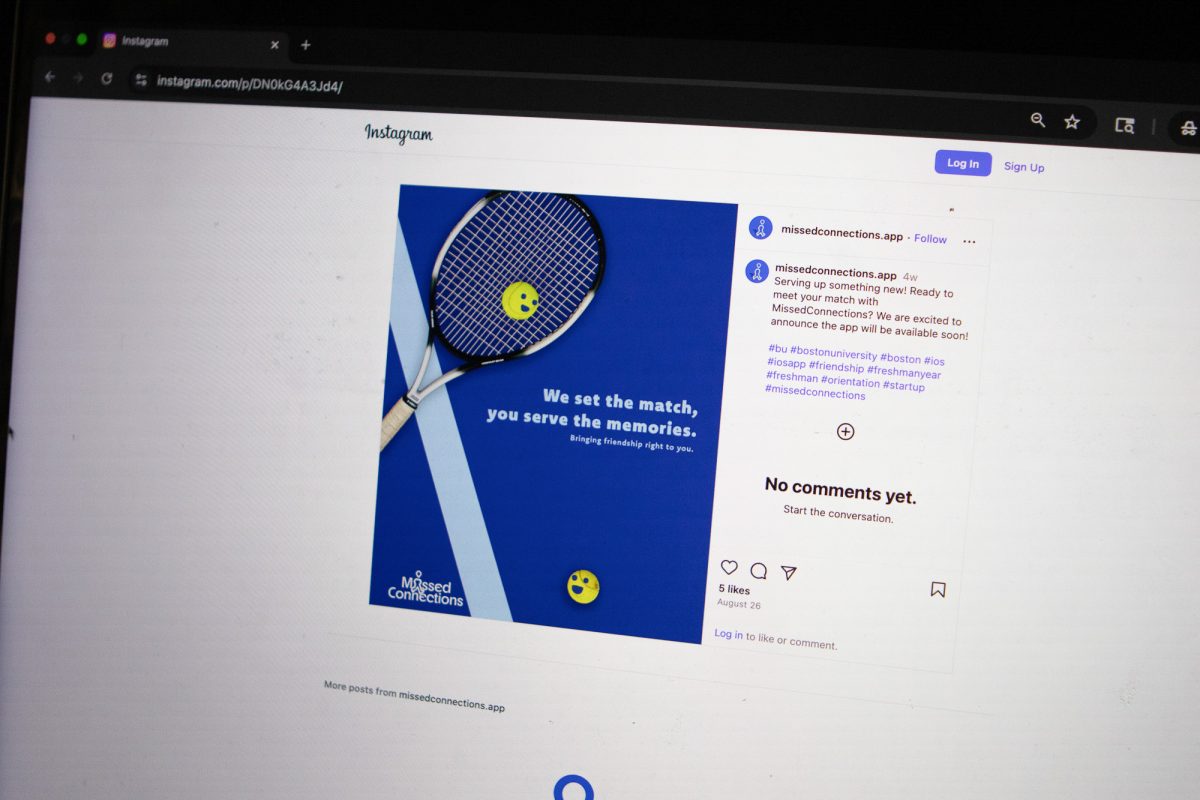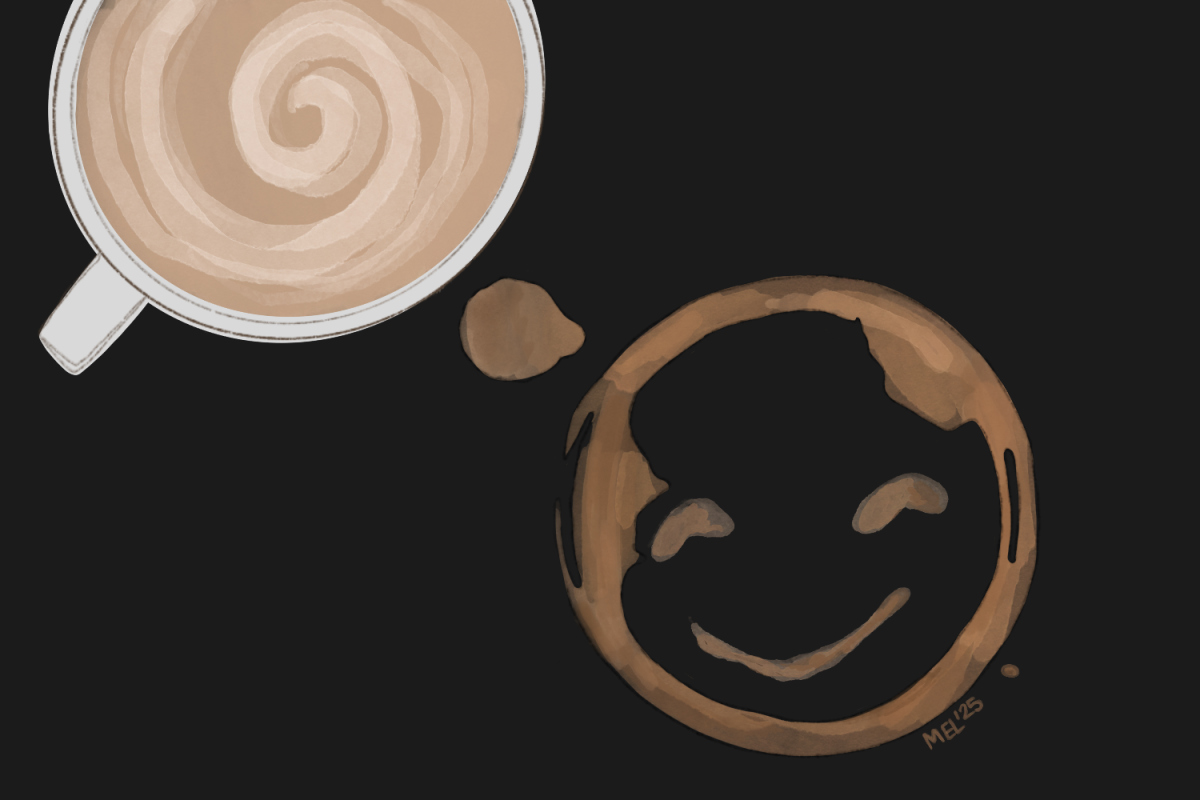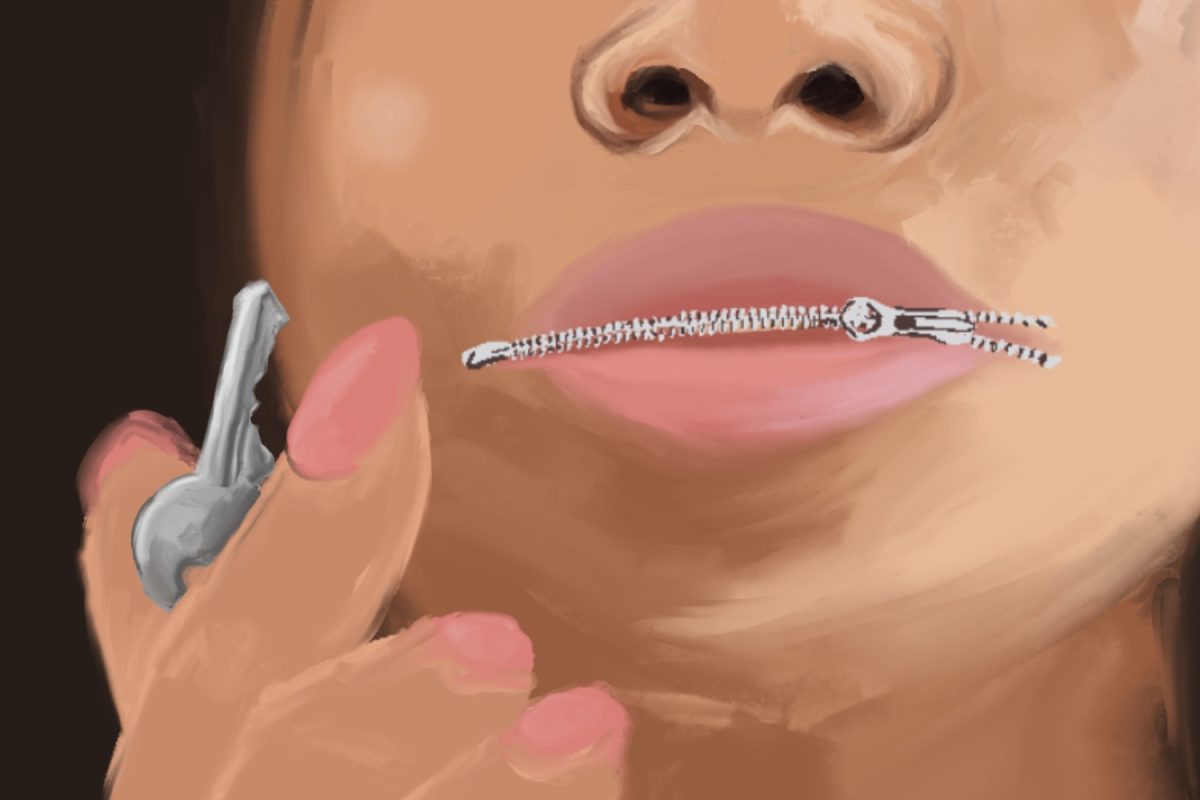The National Aeronautics and Space Administration’s 2025 Artemis III mission promises to finally put a woman on the moon — and she’ll be wearing Prada.
On Oct. 4, Axiom Space — the space company NASA selected to design the Artemis III space suits — announced their partnership with the Italian fashion house. The company’s CEO Michael Suffredini cites Prada’s “technical expertise” and “innovative design concepts” as key to the future space suit’s excellence.

This partnership makes plenty of sense from an engineering perspective: Two of the goals of these new-and-improved space suits are for them to be more comfortable and for them to be more unisex.
Having a design that can fit both men and women would be a great step toward equality, considering astronomy’s rocky history with female data bias in their space suits. For example, the 2019 International Space Station’s spacewalk was supposed to be all women, until NASA realized there weren’t enough suits for them.
Prada has been innovating since their founding in 1913 — they’ve lasted the test of time to become one of the top fashion brands in the world, and I think that bringing in an “outsider” to the space-suit design process could be hugely beneficial. As Suffredini said, Prada will help with “the much-needed human factors considerations absent from legacy spacesuits.”
I’m happy from a design perspective, but I’m overjoyed from a social perspective. Knowing that astronauts, with extraordinarily qualified scientific jobs, will be wearing a fashion brand makes my inner child and inner feminist mentally high-five.
I think many of us who are women or gender-nonconforming are highly familiar with the challenge of concealing our femininity or our “girliness” in STEM from a young age. I know that it is no accident that I eschewed makeup and the color pink as a child and now often opt for an androgynous outfit of jeans and a t-shirt as I work toward my math degree.
It all comes down to that simple, pervasive and pernicious truth: it is often better, or at least easier, to be a man. The Pew Research Center reports that 60% of U.S. adults say being a man helps you get ahead in the country.
So many of us are constantly aware of the inherent disadvantage that our gender holds in STEM spaces, whether it’s from an unwelcoming atmosphere to flat-out mansplaining and belittlement.
A 2016 research paper focusing on the appearances of women in STEM concluded that “results suggest that for women pursuing STEM, feminine appearance may erroneously signal that they are not well suited for science.”
The stories and examples are abundant. After experiencing a sexist microaggression as a teaching assistant for a class, scientist Eve Forster wrote for Vox, “I felt myself downplaying my femininity, slipping back into a uniform that made me feel more comfortable in my workplace.”
She said the uniform included “dark jeans, boring, long-sleeved shirts and hoodies, and casual shoes. My hair is tied back into a sloppy bun, and my makeup is minimal.”
It’s unfair that so many of us feel like we need to be stereotypically masculine to gain a modicum of respect in the world — which is part of why the Prada-Axiom Space partnership excites me so much.
This partnership connects a fashion brand, something strongly associated with femininity, with the field of astronomy, something strongly associated with masculinity.
I’m reminded of scientist Rita J. King, who went viral back in 2019 for explaining that she wore a sequined dress for a talk she delivered at NASA at the request of a little girl who wanted to believe that “scientists could also be sparkly,” as King tweeted.
Fashion and science can coexist. Women can embrace stereotypically feminine activities and still be smart and competent. It’s something that a lot of us think we know, but don’t actually internalize.
































































































































